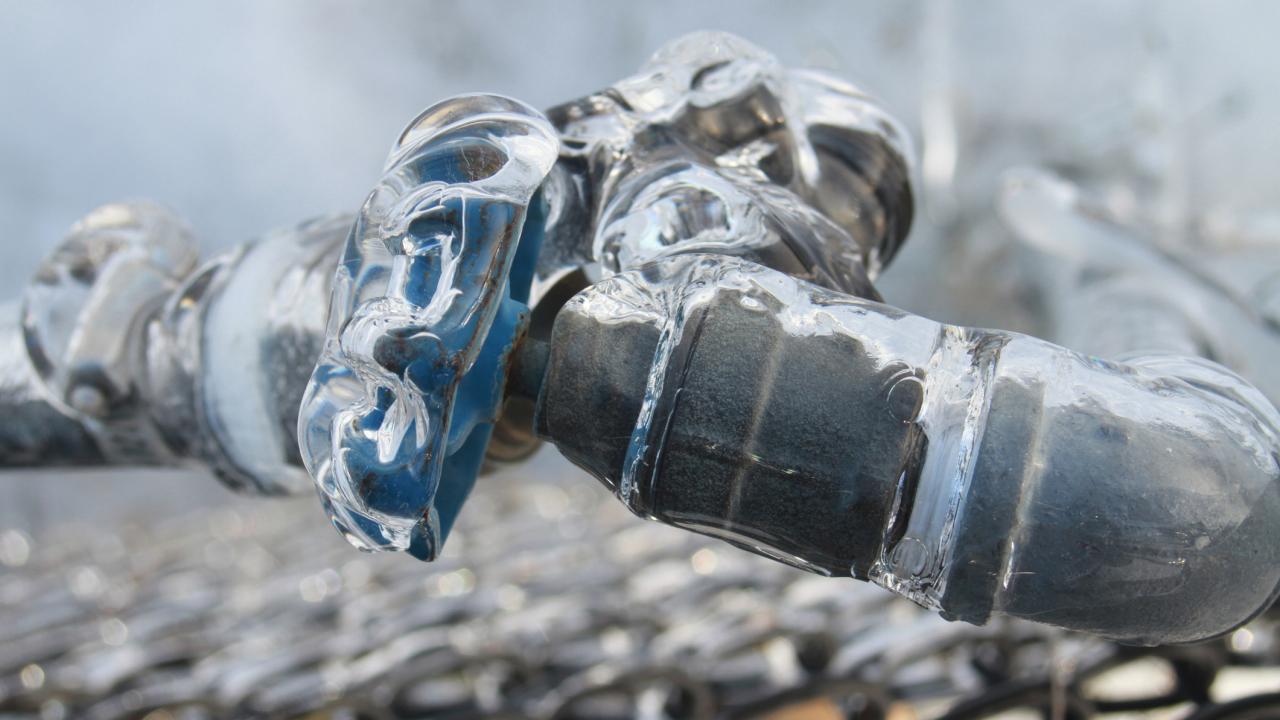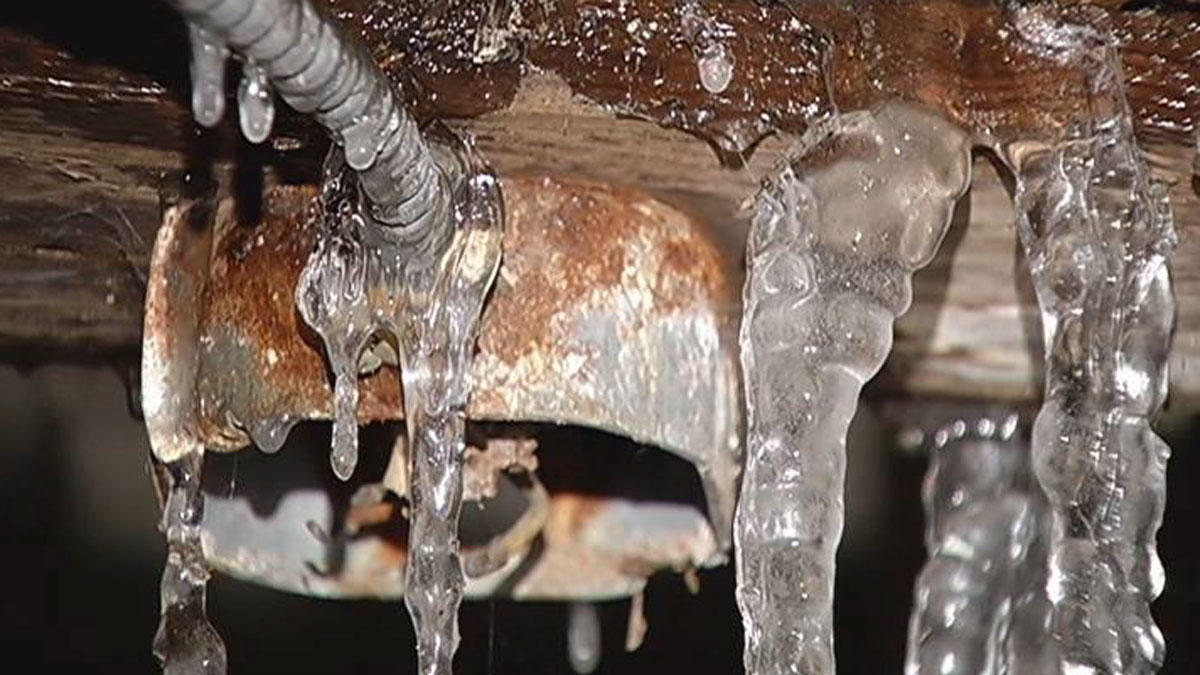Prevent Frozen Pipes in Winter: Pro Strategies
Prevent Frozen Pipes in Winter: Pro Strategies
Blog Article
Listed here further down you might get lots of first-rate ideas in relation to Prevent Frozen Pipes .

Cold weather can ruin your plumbing, especially by freezing pipes. Right here's how to avoid it from occurring and what to do if it does.
Introduction
As temperature levels drop, the threat of icy pipes increases, potentially leading to pricey repairs and water damage. Understanding just how to prevent icy pipelines is important for home owners in chilly environments.
Avoidance Tips
Shielding at risk pipelines
Cover pipelines in insulation sleeves or use heat tape to protect them from freezing temperatures. Concentrate on pipelines in unheated or outside areas of the home.
Heating techniques
Maintain indoor areas properly warmed, specifically areas with pipes. Open cupboard doors to allow cozy air to distribute around pipes under sinks.
Just how to determine frozen pipelines
Search for decreased water circulation from taps, unusual smells or noises from pipelines, and visible frost on subjected pipelines.
Long-Term Solutions
Structural adjustments
Take into consideration rerouting pipes far from outside walls or unheated locations. Add additional insulation to attic rooms, basements, and crawl spaces.
Updating insulation
Buy top notch insulation for pipes, attic rooms, and walls. Appropriate insulation aids maintain constant temperature levels and reduces the danger of frozen pipes.
Securing Exterior Pipes
Yard hoses and outside faucets
Detach and drain yard pipes before winter months. Set up frost-proof spigots or cover exterior faucets with shielded caps.
Comprehending Icy Pipes
What creates pipes to ice up?
Pipes ice up when revealed to temperatures listed below 32 ° F (0 ° C) for extended periods. As water inside the pipelines freezes, it increases, putting pressure on the pipe wall surfaces and possibly creating them to burst.
Threats and problems
Frozen pipelines can lead to water disruptions, residential property damage, and expensive repair services. Ruptured pipelines can flooding homes and create considerable architectural damages.
Indicators of Frozen Piping
Recognizing icy pipelines early can avoid them from bursting.
What to Do If Your Pipes Freeze
Immediate activities to take
If you believe icy pipes, maintain taps available to ease pressure as the ice thaws. Make use of a hairdryer or towels taken in hot water to thaw pipes gradually.
Final thought
Preventing icy pipelines needs aggressive steps and fast reactions. By recognizing the causes, indications, and safety nets, homeowners can safeguard their pipes throughout winter.
5 Ways to Prevent Frozen Pipes
Drain Outdoor Faucets and Disconnect Hoses
First, close the shut-off valve that controls the flow of water in the pipe to your outdoor faucet. Then, head outside to disconnect and drain your hose and open the outdoor faucet to allow the water to completely drain out of the line. Turn off the faucet when done. Finally, head back to the shut-off valve and drain the remaining water inside the pipe into a bucket or container. Additionally, if you have a home irrigation system, you should consider hiring an expert to clear the system of water each year.
Insulate Pipes
One of the best and most cost-effective methods for preventing frozen water pipes is to wrap your pipes with insulation. This is especially important for areas in your home that aren’t exposed to heat, such as an attic. We suggest using foam sleeves, which can typically be found at your local hardware store.
Keep Heat Running at 65
Your pipes are located inside your walls, and the temperature there is much colder than the rest of the house. To prevent your pipes from freezing, The Insurance Information Institute suggests that you keep your home heated to at least 65 degrees, even when traveling. You may want to invest in smart devices that can keep an eye on the temperature in your home while you’re away.
Leave Water Dripping
Moving water — even a small trickle — can prevent ice from forming inside your pipes. When freezing temps are imminent, start a drip of water from all faucets that serve exposed pipes. Leaving a few faucets running will also help relieve pressure inside the pipes and help prevent a rupture if the water inside freezes.
Open Cupboard Doors
Warm your kitchen and bathroom pipes by opening cupboards and vanities. You should also leave your interior doors ajar to help warm air circulate evenly throughout your home.

I'm just very interested in How to Prevent Your Pipes From Freezing and I hope you liked our entry. Liked our entry? Please share it. Help others check it out. I value reading our article about Prevent Frozen Pipes .
Get Started Report this page